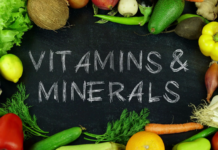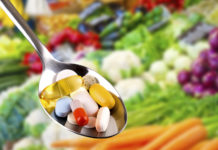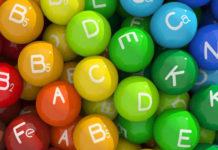RULES ON LABEL READING
- When reading a label, if the first ingredient is sugar, (or any of the 200+ names used to hide the fact that there’s sugar in the product) don’t buy it.
- When reading a label, if it has any kind of bleached or process sugar, don’t buy it.
- When reading a label if it has the word “sugar” in any part of the label without saying “raw”, “unbleached”, or “Turbinado sugar” don’t buy it.
- Beware of the word “Natural”; many poisons are “natural”. Natural does not mean healthy or good for your system.
- When reading a label if it has any kind of sweetener such as aspartame, saccharin, artificial flavors or fillers, and High Fructose corn syrup, don’t buy it.
- If you can’t understand what you read in the ingredient label, don’t buy it.
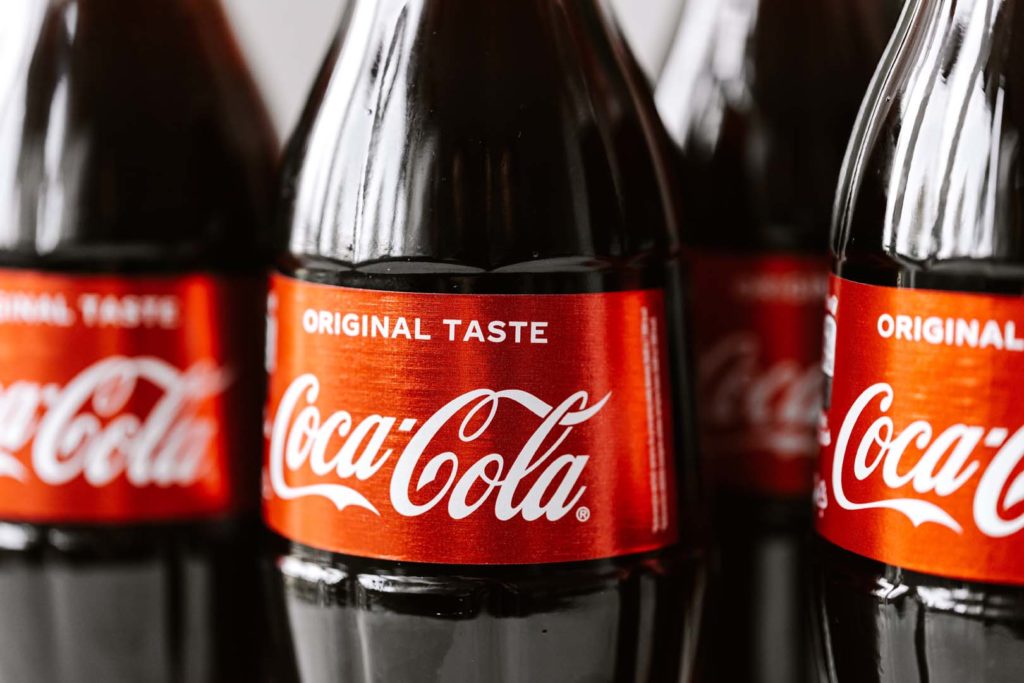
The Food and Drug Administration (FDA) currently has approved more than 3,000 food additives for use in the United States. However, while approved for human consumption, food additives may still threaten our health. This is one of many reasons why it is better to purchase whole foods, or those that have been minimally processed and treated.
According to an article written for the FDA, “it’s almost impossible to eat food without preservatives added by manufacturers,” unless you eat exclusively fresh food that you cook yourself.
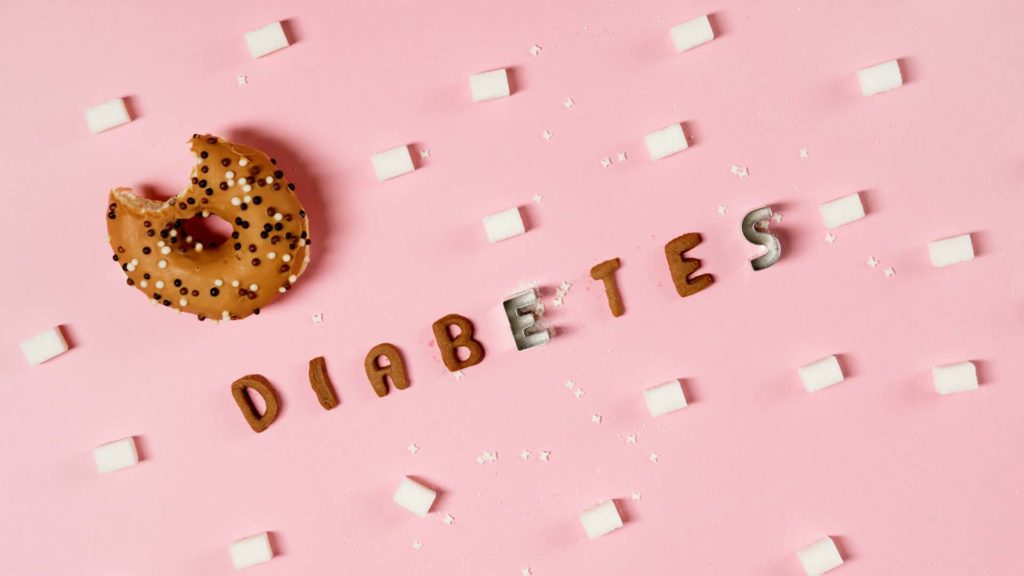
Regulation and Categories of Food Additives
The FDA regulates all food additives, breaking them into three categories:
- “Indirect Food Additives” include packaging materials such as paper, plastic, cardboard, and glue that come into contact with foods.
- “Direct Food Additives” include preservatives, nutritional supplements, flavors, and texturizers that are added to food.
- “Color Additives” are used to alter color.
THE MIND WILL ALWAYS LIE TO YOU…
Because most of a food’s flavor appeal to the human brain actually comes from its smell, it is easy to trick the mind. Most processed foods rely on additives to restore flavor that is lost in processing or create new flavors altogether. McDonald’s, for example, adds “chicken flavor” to its Chicken McNuggets ®.
© Copyright – Hector Sectzer





